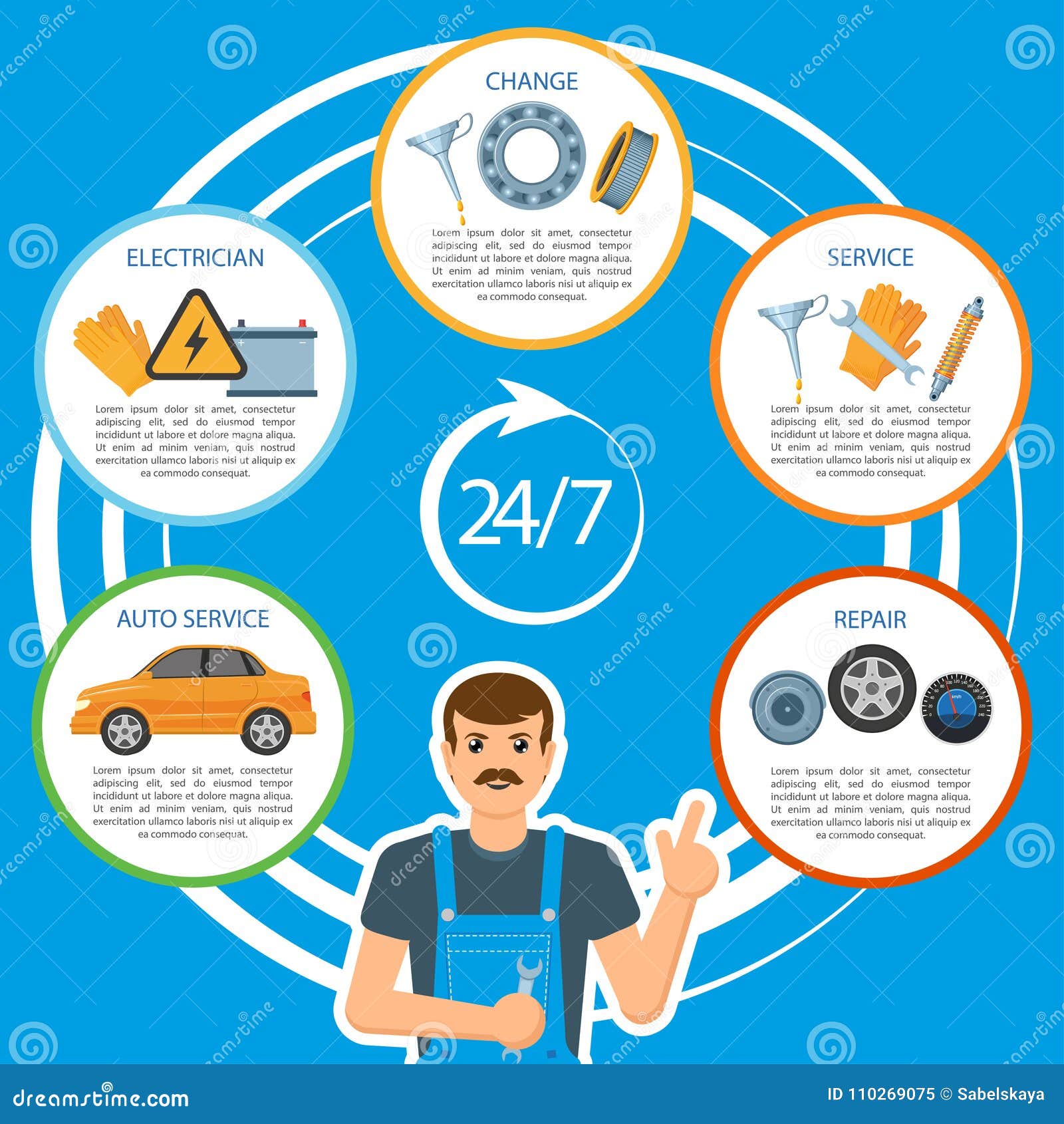Analyzing Your Cars And Truck'S Caution Indicators: What They Actually Convey
Analyzing Your Cars And Truck'S Caution Indicators: What They Actually Convey
Blog Article
Personnel Author-Hartley Alvarado
When you're behind the wheel, those radiant caution lights on your control panel can be a bit difficult. Do you recognize what they're trying to inform you about your vehicle's wellness? Recognizing the value of these lights is essential for your safety and security and the longevity of your automobile. So, the next time among those lights pops up, would not you want to decipher its message properly and take the needed steps to address it?
Common Caution Lights and Interpretations
Recognize common caution lights in your car and comprehend their meanings to ensure secure driving.
One of the most typical caution lights include the check engine light, which signals concerns with the engine or discharges system. If mouse click the following webpage comes on, it's critical to have your lorry checked without delay.
The oil stress warning light shows low oil pressure, requiring instant focus to stop engine damage.
A flashing battery light could recommend a damaged charging system, possibly leaving you stranded if not attended to.
The tire pressure monitoring system (TPMS) light signals you to low tire pressure, impacting car security and fuel effectiveness. Overlooking this could lead to hazardous driving problems.
The abdominal light indicates a problem with the anti-lock braking system, compromising your ability to quit quickly in emergencies.
Lastly, the coolant temperature level warning light warns of engine overheating, which can cause severe damages otherwise resolved swiftly.
Understanding https://fox5sandiego.com/automotive/spend-less-at-the-pump-with-these-fuel-saving-tips/ will help you deal with concerns without delay and preserve risk-free driving conditions.
Relevance of Prompt Attention
Comprehending the usual caution lights in your car is only the primary step; the importance of quickly resolving these cautions can not be emphasized sufficient to guarantee your safety and security when traveling.
When a caution light brightens on your dashboard, it's your vehicle's way of communicating a potential concern that needs attention. Overlooking these cautions can cause extra extreme issues down the road, endangering your safety and security and possibly costing you much more out of commission.
Motivate interest to alerting lights can protect against malfunctions and accidents. For instance, a flashing check engine light can suggest a misfire that, if left ignored, could trigger damage to the catalytic converter. Resolving this immediately can conserve you from an expensive repair work.
In a similar way, a brake system cautioning light could signal reduced brake fluid or worn brake pads, crucial components for your security when driving.
DIY Troubleshooting Tips
If you observe a warning light on your control panel, there are a couple of DIY troubleshooting suggestions you can try prior to looking for professional help.
The very first step is to consult your cars and truck's guidebook to understand what the certain caution light shows. Often the issue can be as basic as a loose gas cap activating the check engine light. Tightening the gas cap may settle the trouble.
An additional common problem is a low battery, which can cause various alerting lights. Inspecting the battery links for deterioration and ensuring they're protected might fix the problem.
If a caution light persists, you can try resetting it by detaching the car's battery for a few minutes and after that reconnecting it. Additionally, examining your vehicle's liquid levels, such as oil, coolant, and brake fluid, can aid fix alerting lights related to these systems.
Verdict
In conclusion, understanding your car's warning lights is important for keeping your vehicle running efficiently and safely. By immediately dealing with these alerts and understanding what they suggest, you can prevent pricey repair services and possible malfunctions.
Keep in mind to consult your cars and truck's manual for certain details on each alerting light and do something about it as necessary to guarantee a hassle-free driving experience.
Remain informed, stay secure when traveling!
